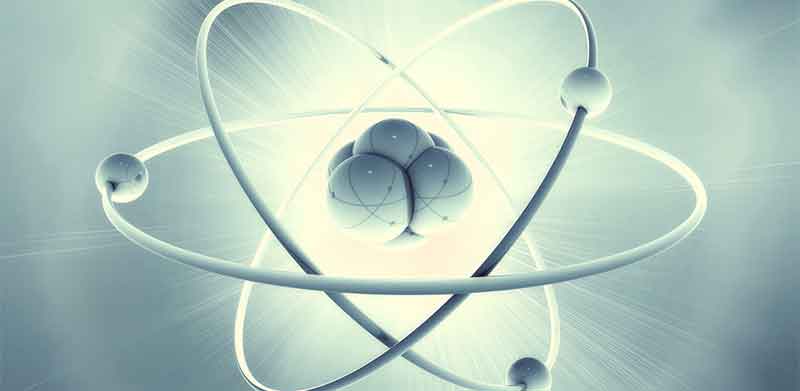
The fundamental change in our understanding of how the universe works started with the first quantum theory in physics, Planck Law. This law was discovered by Max Planck in 1900 and resulted in a Nobel Prize in 1918 in recognition of the services rendered to the advancement of physics his discovery made – energy quanta.
The foundation of this law is the Planck constant, which was first described as the proportionality constant between the energy of a photon and the frequency of its associated electromagnetic wave.
Albert Einstein soon after suggested that the energy in a beam of light occurs in individual packets, later called photons, and the energy of a single photon is given by its frequency multiplied by Planck’s constant.
While the energy of a photon could be approximated at this time, whether light was a wave or consisted of a stream of was up for debate for some time after. Several physicist composed particle models, others wave models, but neither appeared to fit entirely.
In 1924, French physicist Louis de Broglie proposed the idea of wave-particle duality suggesting that light has both wave-like and particle-like properties, as do electrons, atoms, and small molecules etc.
In conclusion, neither of the classical concepts of particles or waves could fully describe the behavior of quantum-scale objects be they photons or matter. This discovery has since served as a central concept in quantum mechanics.